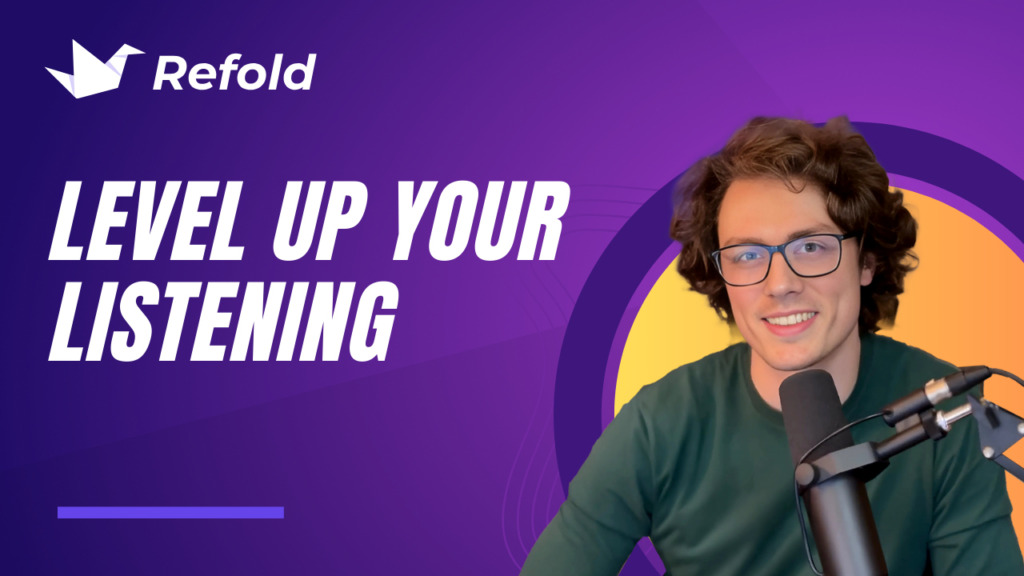Reading literature is not a prerequisite for learning to output.
Reading compelling stories is a powerful and effective way to develop competency in a language, but the language in literature is richer and more complex than the language used in day-to-day life.
Understanding a novel is significantly more challenging than understanding comics or TV shows. Developing this understanding takes a lot of time and effort but doesn’t particularly help with casual conversation. If your goal is to speak as quickly as possible, then wait until Stage 4 to start reading literature.
However, if you are intrinsically interested in reading novels and are ok with delaying your output, then there are some benefits to reading in Stage 2. You will enter Stage 3 with a much larger vocabulary and you will be more familiar with the idiomatic phrases and cultural aspects of the language.
If you decide to tackle literature, then start with simpler content and increase the difficulty as your language ability grows.
The ideal content is compelling, and just barely above your level. It will have some unknown words, but because you understand everything around those words you may be able to infer the meaning from context without looking up the meaning. When you read, you will lose yourself in the story.
When first getting started, this ideal content is rare. If you find content like this when tackling your first novel, savor it and count yourself lucky. Most of the time, when you first start reading novels you’ll be forced to choose between mind-numbingly boring or mind-bendingly difficult.
Graded Readers
Graded readers are books that are written with specific levels of grammatical complexity and vocabulary scope in mind. There are typically several carefully calibrated levels, allowing the reader to gradually increase the difficulty of what they’re reading. The books in these series are often adaptations of more complex novels where the language has been simplified.
If you can find them for your TL, they can be an excellent place to start. Aim for a level where only 2-3% of the words are unknown. This lets you read more quickly, which means that you will encounter unknown words at a greater rate than when reading content where your comprehension is lower. You’ll spend less time looking words up, and more time in a flow state where you forget about the nitty-gritty details of the language, because you’re so focused on the story. As a result, all the words and grammatical structures that are in the process of being acquired will be reinforced much more quickly.
Once you’ve reached a comfortable, fluid reading speed at a given level of graded reader, move to the next level.
Novels
If you do decide to read novels, it may be a big jump to go straight to novels written for adult native speakers. Novels intended for older children and adolescent readers can be a great place to start. They’ll have smaller vocabularies than novels for adults, while still having compelling stories.
The company Lexile has created a framework for evaluating the difficulty and readability of children’s books. They’ve provided a search portal to easily compare the difficulty of different books. Lexile focuses on English books, but the scores for the English versions of books should be roughly equivalent to the version in your target language.
When considering books to read, compare their Lexile scores, and start with books with a lower score.
If you find a book you enjoy, try reading more books by the same author. Authors tend to have a characteristic writing style and often use a fairly consistent vocabulary. Acquainting yourself with their style and vocabulary will make their writing more comprehensible to you.
How Much to Look Up
There is a spectrum between full-on intensive reading where you look up every word and complete free-flow reading where you look nothing up, tolerating every bit of ambiguity.
Even when reading intensively—especially when reading your first novel—you will often need to tolerate some amount of ambiguity. There will be so many unknown words that you won’t even have a vague idea of what the sentence is talking about. If you try to look up every word, you’ll probably forget the meanings by the time you get to the next word.
Don’t agonize over it. If you want to, look up a word or two that seems key to the sentence. Look up more words if you feel like it. If not, that’s fine. If you grasp some bit of meaning, count it as a win, and move on.
Often, the meaning of unknown words will become clear later in the sentence so don’t immediately look up the word. Read the full sentence first and try to infer the meaning before looking up any definitions.
Reading Strategies
Single Pass Reading
The most straightforward approach to reading a novel is to just read it. Look up as many words as you need to to stay engaged.
The downside of this strategy is that there’s a pretty significant learning curve to novels. Your first pass through will teach you a huge amount, but you will miss a lot of the story and details along the way. Some people find it too difficult to push through a story they don’t understand.
2-Pass Reading
By using a structured, 2-pass reading approach, you get 2 opportunities to understand the story and to acquire the language in the novel. This can help you stay engaged with the novel, even if it’s very challenging.
The downside: it takes twice as long to read. In the 2-pass approach, you read the book twice, once as intensive and once as free-flow.
Intensive First
In the “intensive first” approach, you read a chapter intensively, looking up most unknown words and puzzling through the meaning of sentences. Once you finish the chapter, you free-flow reread it with minimal lookups.
Because you’ve already read intensively, you will understand much more during your free-flow second pass and solidify the knowledge you gained on your first pass. The downside of this approach is that you are limited by how fast you can intensively read.
Free-Flow First
In the “free-flow first” approach, you read at whatever pace you like, only looking things up occasionally. When you have the mental energy, you start reading the book intensively. The first pass gives you the gist of what happened, and the second fills in the details.
Because you’re not intensely focused on puzzling out the meaning, you will use less energy during free-flow and be able to read faster. The downside of this approach is that you may not understand enough on your first pass to keep you interested and engaged in the story.
Time Boxing
Intensive reading can be tough when you’re first starting. Rather than trying to track the number of pages or chapters you are reading, focus on the amount of time. We recommend at least 20 minutes per day of intensive reading so that you can start to build the base vocabulary and grammar necessary to understand the novel.
Over time, that 20 minutes will yield more and better results and you’ll eventually build up the tolerance to read for even longer periods of time.




